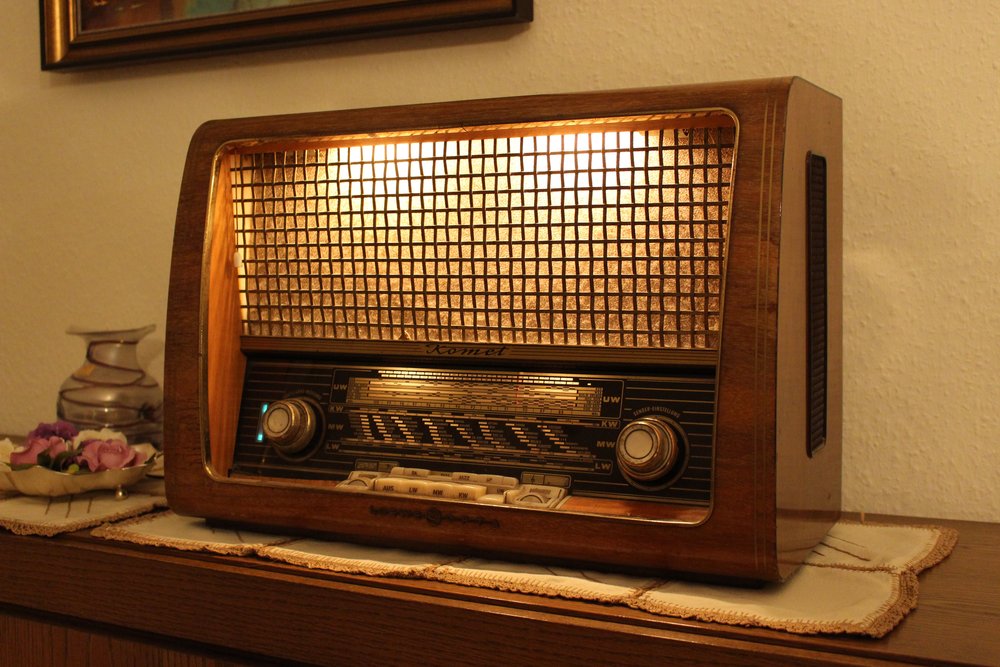
Image: https://ift.tt/33EarEa
From Radio to the Movies
by Kevin Gardner
Technology has come such a long way in the past few decades that it is difficult to remember a time when you had to go to a movie theatre to watch a movie – and people living today have never experienced life without movies at all. However, even before movies and television, radio was the dominant way people would get their entertainment, paving the way for all entertainment that would come after it.
The Early Days of Radio
In the beginning, radio was very different from how we know it today, such as when we listen to a station such as El Zol 106.7. It was used solely as a means for person-to-person communication, a way for people to keep in touch in an emergency, for business to be conducted, or for military orders to be relayed. When World War I began, radio played a large part in how it was fought and how military members communicated with each other, and important developments were made at this time that would benefit not only the military but eventually everyday people.
By the 1920s, radio stations started popping up all over the country as advertisers started to realize its potential. However, advertising was no good without people to hear it, and for people to tune in, the shows had to be good. Live classical music shows were always a hit, as were shows that played music that was trending at the time. Country music was also popular; the show the Grand Ole Opry started in the mid-1920s and continued on for 30 years.
Other kinds of entertainment were popular as well, such as early soap operas, children’s programs, and even game shows. Radio plays were also a hit, from original stories to Shakespeare plays, Sherlock Holmes stories, and adaptations of classic literature.
From Radio to Movies
The very first movies were like nothing we have today. The kinetoscope, which was invented around 1891, showed moving pictures to one person at a time. This was popular but soon became less so as devices were invented that could show movies to an entire audience full of people at once instead of just one person. The first movies were silent and only a few minutes long and dealt with topics such as newsworthy events and shots of foreign countries.
Soon, though, as the technology got better, the stories got more involved. As in radio, movies started to be made using popular literature, such as A Tale of Two Cities and Uncle Tom’s Cabin. Other types of movies started to become popular, such as comedies and westerns. Soon the movies started getting longer, and eventually, sound was added and then color.
Many of the entertainers who got their start in vaudeville used that experience to get work in radio; once movies gained in popularity, it was only natural they would begin work there, too, as the studios realized how much money there was to be made when they used good scripts and big stars. Bing Crosby, Bob Hope, and Groucho Marx easily made the transition from radio to movies. Orson Wells headed the very popular The Mercury Theatre on the Air on the radio and then went on to become a revered actor and director on screen.
World War II used both movies and radio to keep morale up and give information to soldiers overseas and their families in America. Soldiers could listen to music, movie stars giving them encouragement, and variety shows, but they also enjoyed the occasional movie when given a chance as well, which surely helped morale by giving them a taste of home and away to escape the war, if only for a couple of hours.
Both movies and radio had many things in common. They both brought entertainment and information to the masses in an affordable and easily accessible way. They were both media that many thought would become obsolete as new technologies took over – however, they have both managed to survive and stay strong, although they look very different than they did when they first began.
from Review Blog https://ift.tt/3qJpdm3







No comments:
Post a Comment